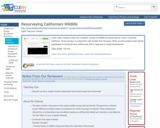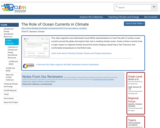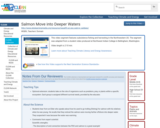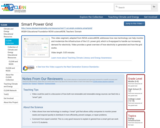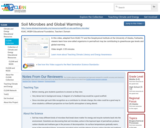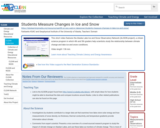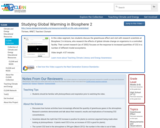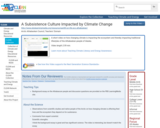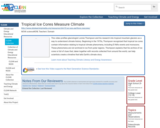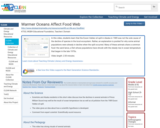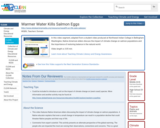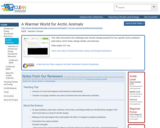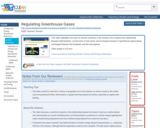
This video highlights the work of climate scientists in the Amazon who research the relationship between deforestation, construction of new dams, and increased amounts of greenhouse gases being exchanged between the biosphere and the atmosphere.
- Subject:
- Atmospheric Science
- Physical Science
- Provider:
- CLEAN: Climate Literacy and Energy Awareness Network
- Provider Set:
- CLEAN: Climate Literacy and Energy Awareness Network
- Author:
- KQED
- Teachers' Domain
- Date Added:
- 09/24/2018
